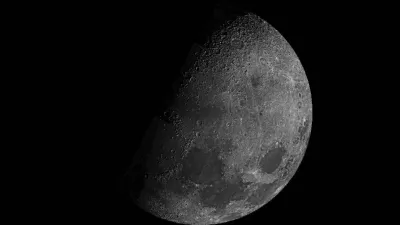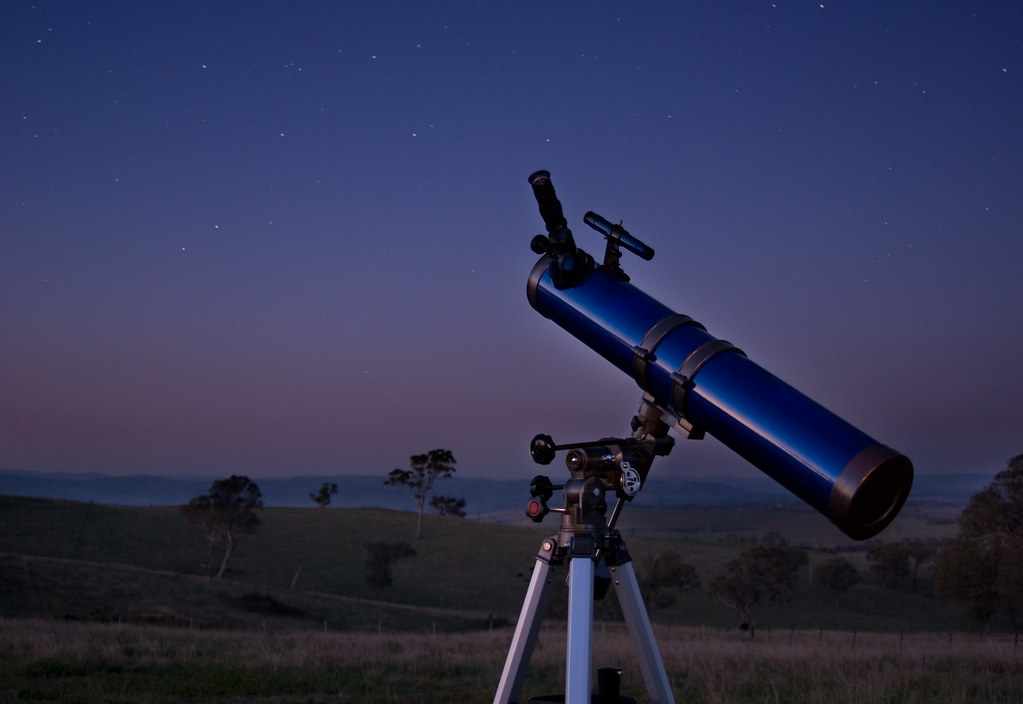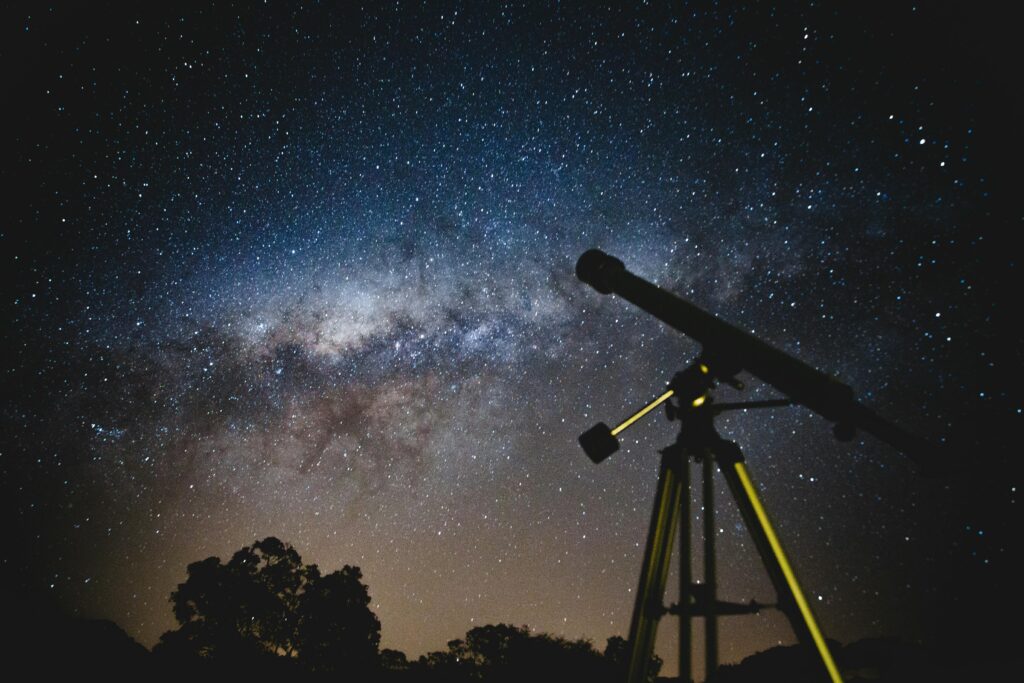Are you ready to deep diver into Astronomy and discover the magic of December’s dark sky phenomenon?
Table of Contents
As 2024 nears the finish line, there will be a treat for skywatchers and astronomy enthusiasts with the occurrence of a rare Black Moon on December 30-31. It is an exceptional celestial phenomenon that allows one to have a great view of the night sky under the best dark conditions, hence a must-see for sky gaze as well as amateur astronomers.

What is a Black Moon?
The term Black Moon designates the second new moon within a calendar month. Although not officially astronomical, it has become popular among sky lovers, much as a Blue Moon refers to the second full moon in a month. At the time of a New Moon phase, the illuminated side of the Moon faces the Sun while its night side faces Earth, rendering the moon practically invisible to observers.
Timing and Visibility
The Black Moon will be occurring on December 30, 2024, at 5:27 p.m. EST (22:27 GMT). The different sets of observers include:
- Americas: December 30, 2024
- Europe, Africa, and Asia: December 31, 2024
- India: December 31, 2024, at 3:57 a.m. IST
It’s essential to note there’s not going to be a Black Moon to be itself. Such is the very reason why its occurrence allows for perfect stargazing conditions because of the absence of moonlight.

Stargazing Opportunities
The lack of moonlight during a Black Moon provides excellent conditions for observing various celestial objects. Here’s what stargazers can expect to see:
- Galaxies and Nebulae: Darker skies make it easier to spot distant galaxies like Andromeda and nebulae such as the Orion Nebula and the Eagle Nebula.
- Planets: Venus, Saturn, Jupiter, and Mercury will be more visible and shine brightly in the night sky.
- Constellations: Winter constellations like Orion, Taurus, and Canis Major will be prominent for Northern Hemisphere observers.
Observing Tips
To make the most of this rare event:
- Find a location with minimal light pollution and clear skies.
- Allow your eyes to adjust to the darkness for about 30 minutes.
- Use binoculars or a telescope to enhance your view of celestial objects.
- Consider using astronomy apps to help identify stars and planets.

Significance and Cultural Perspectives
Although a purely astronomical phenomenon, the Black Moon plays a significant role across cultures and astrological traditions. Some people view it as the time for reflection, intention-setting, and commencing something new. This darkening sky reflects the mundane journey of completion, renewal, and transformation-an ideal time to analyze oneself and grow.
Future Black Moons
Black Moons occur about every 29 months, the next being May 2026 after December 2024. Other definitions of Black Moons exist, such as the third new moon in a season that has four new moons occurring every 33 months.

The Astronomical Phenomenon
Excitement for the Black Moon of December 2024 is already palpable, even though it is likely to be barely visible now. These are the kinds of nights that any serious stargazer would love for the viewing of stars, planets, and deep-space objects. Veteran or casual stargazer, this sight must indeed be a sparkling cosmic wonder closing 2024 on a magnificent note.
As you get ready to see this astronomical enactment, remember the magic lies not in plain sight of the Black Moon but perhaps the measure of its visibility. An opening up for communion with the mysteries of the universe, musing back on the year gone by, and letting intentions roll in for the next year.
Mark your calendars for December 30 and 31 and find a spot that’s as dark as the night allows-clear of city lights-and be ready to receive the cosmic gifts that the Black Moon generously has in store. Also an astonishingly beautiful ending to 2024’s year while cosmically framing in a new year.


